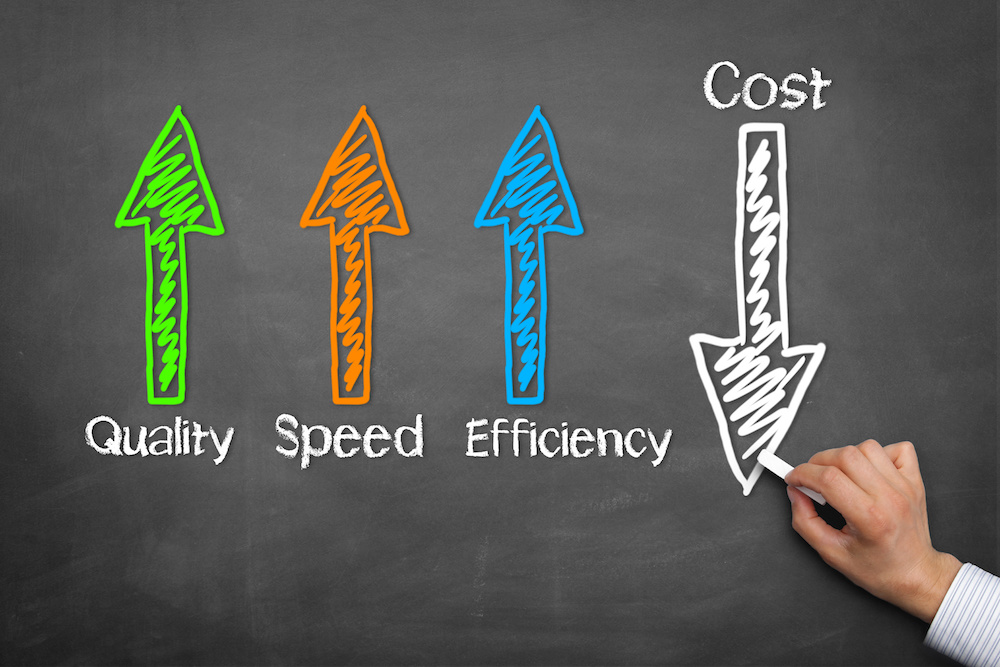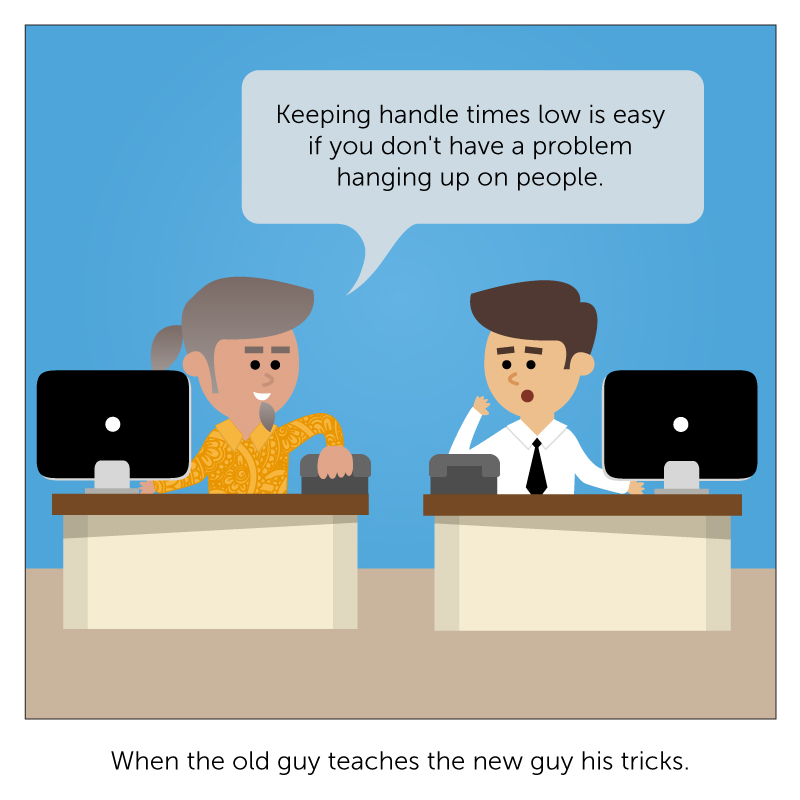Why Customer Engagement Analytics is the second in a series on Customer Engagement Analytics.
In the first of this series, we discussed what Customer Engagement Analytics is in terms of the call center. Now we’ll explore the top reasons Why Customer Engagement Analytics and how it can benefit your call center. Keep in mind that the overall reason for why Customer Engagement Analytics is to optimize for business outcomes such as customer retention and satisfaction, first call resolution, and sales (including upsell or cross-sell).
To remain competitive in this multi-channel world, you need to find ways to leverage the data you have. Customer Engagement Analytics uses the data in your contact center systems to give you real insight into how to optimize your contact center for business outcomes and performance. Customer Engagement Analytics is a tool for you to learn more about your customers and how your systems and agents do or do not meet their needs. Let’s start with your customers.
Why Customer Engagement Analytics? Customer Insight
Customer Engagement Analytics can help answer some questions about your customers:
- What are their likes and dislikes?
- How do they prefer to interact with you?
- What steps to they take to accomplish a single goal?
- What motivates their purchases?
Customers are telling you a lot by their behavior and their behavior impacts your business. Why is this good to know? Knowing the answers to these questions will help you put your resources where they need to be and help you make your operation as efficient as possible. That will give the customer a better experience, and you a better return on your contact center investment.
- Customer Engagement Analytics allows you to react – Contact centers have to add new capabilities and channels as customer preference changes, or risk being left behind. Customer Engagement Analytics will keep you up-to-date on how customer behavior is trending. For instance, if customers are starting to use one channel and leaving another behind, you might want to move agents from the less-used channel to the trending one.
- Customer Engagement Analytics helps you keep their loyalty – You know that it’s easier and cheaper to keep an existing customer than to get a new one, so customer loyalty is key. One reason for why Customer Engagement Analytics is that it can tell you the best way to engage or follow up with a customer. It also tells you many ways you can improve their experience – you can help them accomplish their goals more quickly and easily.
- Give Customers Control over their experience – customers want to interact with you on their terms. They want timely and relevant information on their preferred channel. One big reason why Customer Engagement Analytics is it tells you what their behavior is to accomplish a particular goal – such as make a purchase or get service –and it will help you develop an omni-channel strategy to support that behavior.
Why Customer Engagement Analytics? System Optimization
Customer Engagement Analytics will not only give you a lot of information about your customers, it will tell you a lot about your systems. Let’s face it, you spend a lot of money on getting the right system – you need to make sure it’s set up correctly to meet your and your customers’ ever-changing needs.
Customer Engagement Analytics can help you answer questions about your systems, such as:
- What channels are most efficient for a given customer goal?
- What changes can be made to make a channel more efficient?
- What is the root cause of repeat contacts?
- Why are customer calls being bounced from agent to agent?
- What channels perform the best? Which do not?
- Find Efficiencies – For example, you might learn that the same customer interaction that takes five minutes over chat takes 25 minutes on voice. This could lead you to make your IVR menu more efficient, or see what the chat agents are doing differently than the voice agents. Maybe the voice agents have a system issue. Or maybe you just have too many agents on voice and not enough on chat.
- Root Cause Analysis – Customer Engagement Analytics can help you uncover, for example, why certain types of contacts get bounced from agent to agent. There might be insufficient agent training on a given topic, or conflicting information about a particular offering. Maybe the contacts are mistakenly being routed to the wrong agents. You want to get rid of these root causes before customers become disaffected with your brand.
- Delivering Business Outcomes – Since our focus is optimizing for business performance, a big reason why Customer Engagement Analytics is it can tell you which systems and channels are delivering the best sales or customer satisfaction and which are not. Then you can dive in and understand why and optimize them.
In short, Customer Engagement Analytics will give you insights into your existing systems and setup that will help you make them better for your customers, your agents, and your business.
Why Customer Engagement Analytics? Improving Agent Performance
Customer Engagement Analytics can give you insights into where your existing processes and agent performance match up with what your customers are asking for, and where they don’t. This will allow you to adjust accordingly, empowering your agents to perform better and helping them to improve the customer experience.
Customer Engagement Analytics can help you answer questions about your agents, such as:
- Which channels need more agents? Which channels could use fewer agents?
- Are some calls being routed to the wrong agents?
- Where could agents use more training?
- What parts of the system are not providing agents with the information they need?
- Which agents perform best at selling, at retention or resolving a given customer issue and why?
- Better Processes – Let’s say Customer Engagement Analytics led you to find out that certain calls were being misrouted to the wrong department, where in turn agents weren’t really sure to send the calls, so they sent them to several different sections, only one of which actually knew how to answer the call. You can fix the misrouting, and make sure all agents know where to send these types of calls in the future.
- Training – In a previous example, Customer Engagement Analytics let you know that customer account changes were taking five times as long via voice than they did via chat. This could lead to the insight that the chat agents had gotten updated training on the system, while the voice agents were using an older, outdated process. You could then make sure the voice agents got the same training. Or maybe the agents who are more efficient had access to an integrated system that gave them the data they needed on one screen, while the inefficient agents were getting the same data from four separate systems.
- Agent Specialization Based on Performance – Customer Engagement Analytics can help you discover which agents are better at certain tasks than others, based on real-world performance data, not just their training. Sometimes agents are excellent at solving problem or retaining customers, but not at selling. Often agents deliver better results for customers with certain demographics than with others. This correlations between agent performance and customer and call attributes will all come to light and make it clear why Customer Engagement Analytics.
In summary, why Customer Engagement Analytics? Because it offers your contact center the means to learn more about your customers and how to improve their experience, your systems and how to make them perform better, and your agent performance and how to empower them to be more successful and responsive. This in turn gives contact centers the opportunity to transform your business by becoming the wellspring of customer knowledge.
Come back next week for the next part of our Customer Engagement Analytics Series – When to Use Customer Engagement Analytics. To learn more about the CC-One tools for Customer Engagement Analytics, visit CC-One Contact Center Analytics.








